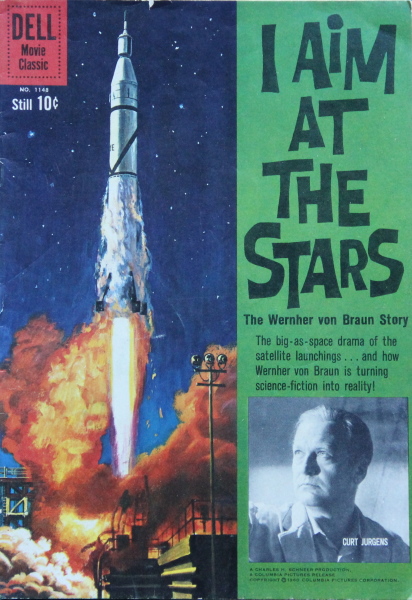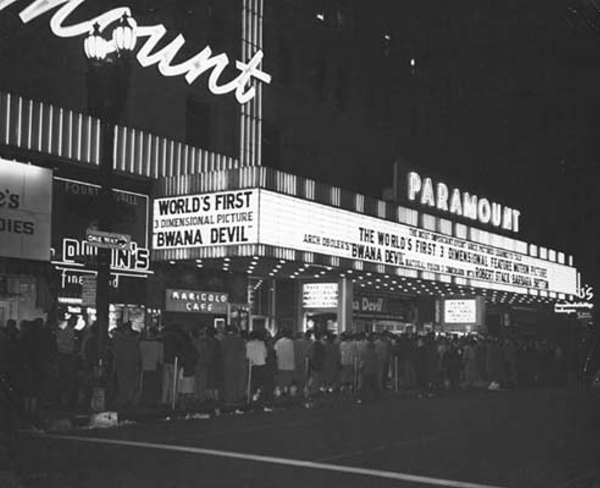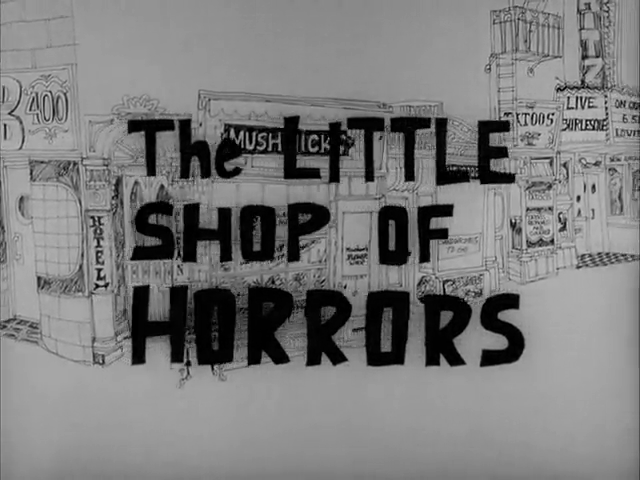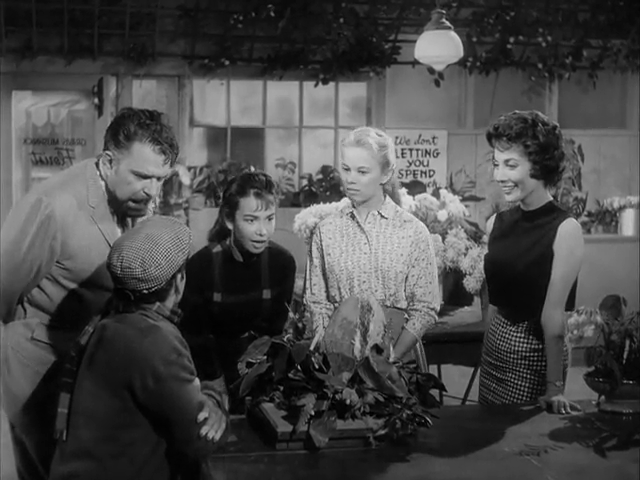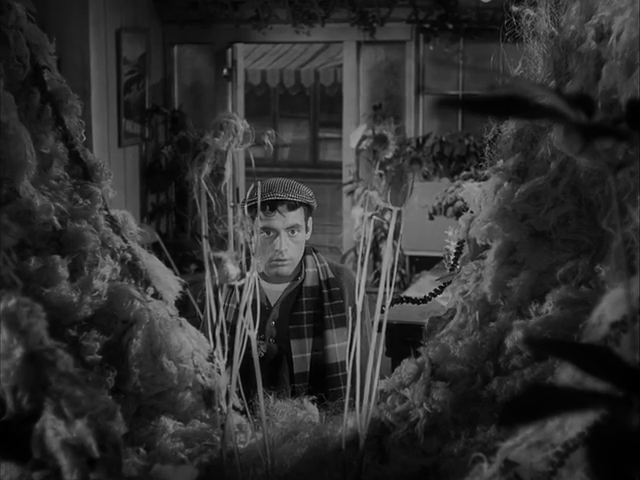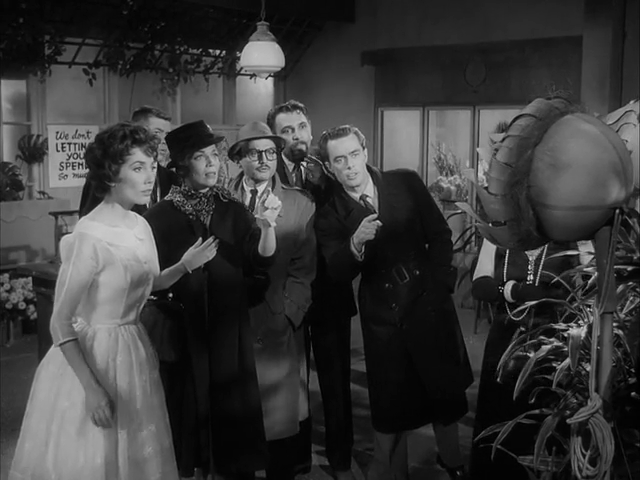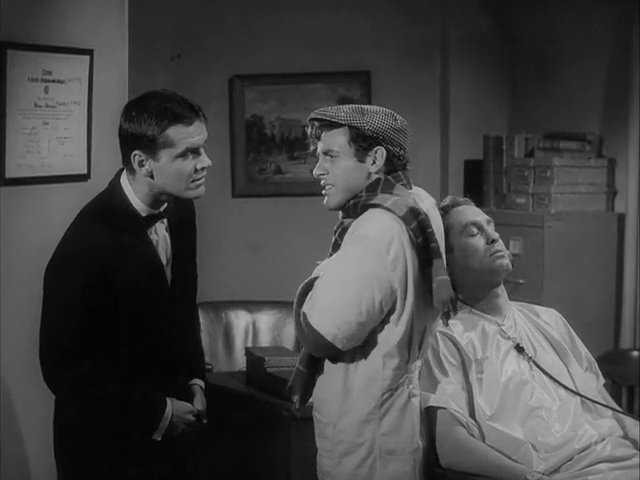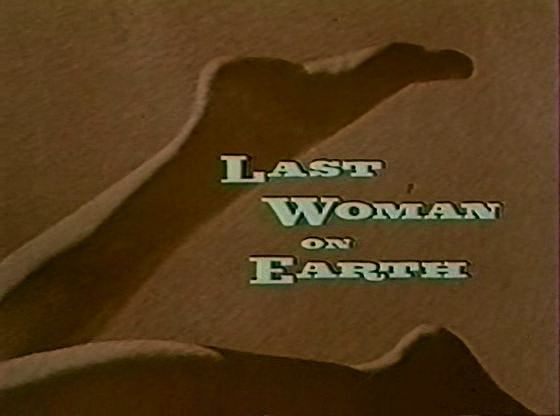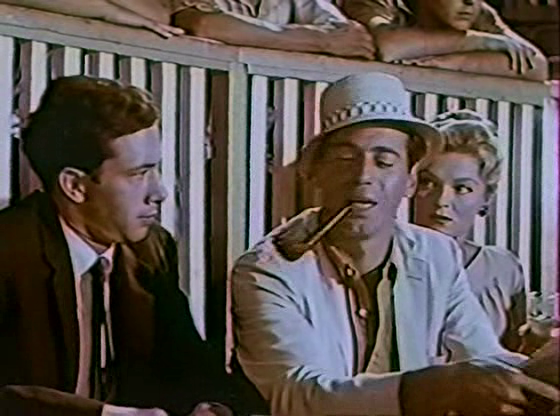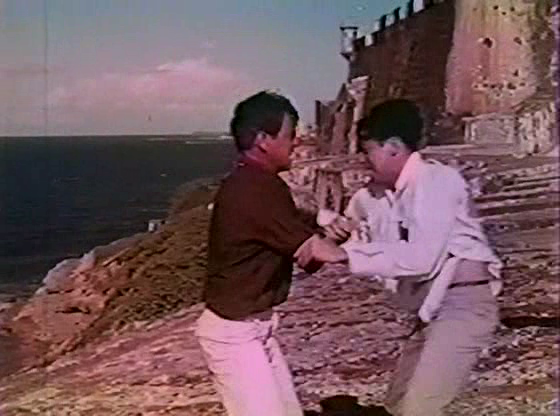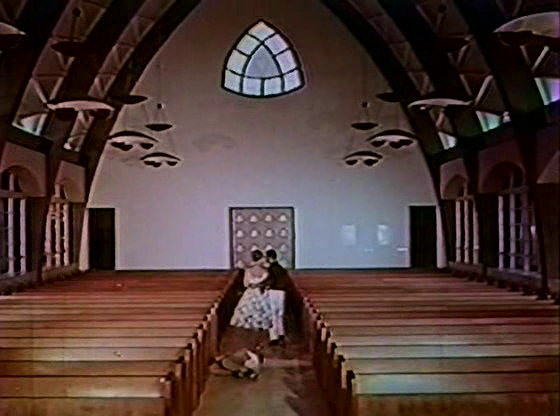And sometimes, the cinema astounds me.
Have I got your attention? My faithful readers know that I am an avid movie-goer. At least once a month, my daughter and I will trek out to the local drive-in or parlor and take in a science fiction film. Sometimes we see good A-listers, sometimes we see bad ones. Occasionally we see good B-listers, usually we see bad ones. In general, book adaptations are loose, at best. Journey to the Center of the Earth was one of the better films of 1959, but it bore little resemblance to the source material.
George Pal's The Time Machine knocked my socks off.
Now, I'm not usually given to hyperbole (in fact, I can safely say I'd sooner die than engage in such a hackneyed endeavor), so you can believe me when I report that The Time Machine is easily the best fantasy film of the year.
Note that I say fantasy: time travel stories often get categorized as science fiction, but this movie is a pure flight of fancy, and a delightful one at that. It is a beautiful, timeless piece of film that, I imagine, will provide entertainment decades from now–perhaps even in the far future depicted in the movie.
But I get ahead of myself. First, a synopsis:

In broad strokes, the film follows the book, but there are some key differences, in part to be topical to the era in which it was made.
It opens with a dinner party at the house of inventor, H.G. Wells (played by Rod Taylor, a rather hunky and quite capable Australian, who recently starred in The Twilight Zone). Wells makes a tardy appearance, disheveled, wounded, and smoke-suffused. The movie is his recounting of his adventures through time.

Just six days before, as the last minutes of the 1800s ticked away, Wells invites the same four guests to witness a demonstration of time travel. Using a scale model of the device, Wells sends a cigar into the future. But when his friends display doubt as to the success of the model's flight, our hero resolves to take a trip to the future and return with his findings.

This is, perhaps, the most exciting part of the movie. I know my daughter enjoyed it the most. Wells travels 17 years into the future and meets the son of his best friend, Philby. He sees his house blown up by the Blitz in 1940.

In 1966, he makes a brief stop just in time to watch the world blown up in a nuclear holocaust. He is saved only by the speed at which he travels into the future.

Encased in a volcanic mountain, the result of said apocalypse, Wells must journey in the dark until erosion frees him, which it eventually does, far far in the future.

The traveler finds a garden-like world with fruits in abundance. Its inhabitants, the Eloi, dress simply and frolic with nary a care. At first, Wells believes he has found paradise. His first indication that something is amiss is the near-drowning of the lovely girl, Weena, whose friends watch her plight (and her rescue by Wells) with dispassion. Then, at supper in the ruined remains of a magnificent hall, Wells finds the denizens of the future almost simple in their incuriosity, ignorance, and illiteracy. In one of the most effective scenes of the movie, Wells is taken to a library only to have the books, long neglected and unread, crumble in his fingers.
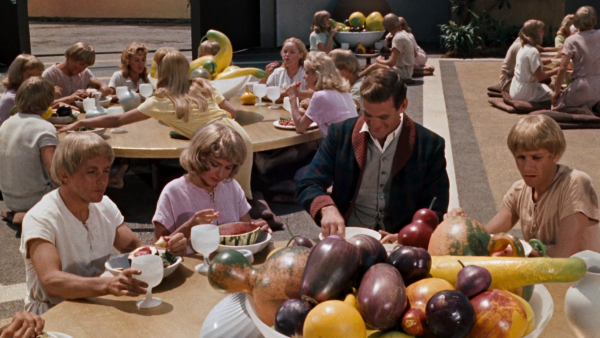
Disgusted, Wells returns to his point of origin, but the time machine has been stolen, dragged into a nearby locked building topped with a sculpture of an inhuman head. Weena braves the darkness to warn Wells that the night belongs to the Morlocks, another people who produce the food and clothes for the Eloi. Indeed, one tries to kidnap Weena, but Wells saves her, further winning her trust and loyalty.
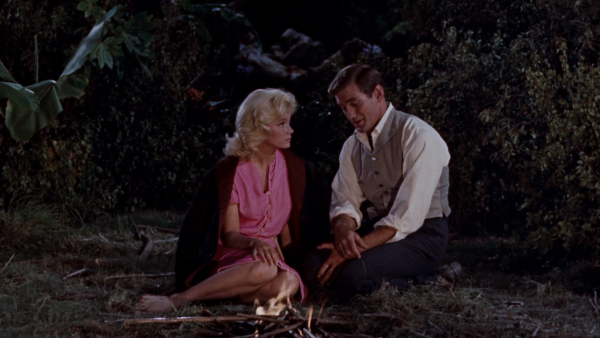
The next morning, Weena takes Wells to a musuem of sorts. There, Wells learns that the twofold split in humanity resulted from a terrible biological war. One group elected to stay in the relative safety of their underground complex of shelters, while others attempted to survive on the barren surface.
Wells decides to investigate the Morlocks, who inhabit a vast subterranean factory complex. But before he gets far, he hears the wailing of air raid sirens (with which he had become acqauinted during his sojourn through the 20th Century), and Weena abandons him. In fact, all of the Eloi are marching in an uncomprehending daze toward the strange "Sphinx" building. Several dozen, including Weena, wander inside, before the sirens cease and the building's doors close.

"What happens to them?" Wells wants to know. "They never come back," he is told.
Wells encounters an acute lack of interest when he proposes that a rescue be launched, so he strikes out underground on his own. There, he finds that the Morlocks are cannibals, feeding off the captured Eloi. Such is the arrangement of this new world: the Eloi may live a carefree, short life, but in the end, they must pay dearly for their bliss.

But that order is about to change. Wells rallies the captured Eloi to defend themselves against the Morlocks. With their help, and a lot of matches, Wells frees the prisoners. They then feed the conflagration Wells started underground with heaps of dead wood, and the factory complex collapses.

Afterward, a wistful Wells laments the loss of his machine, but delights in the romantic bond growing between him and Weena.

As the two settle into an embrace, one of the Eloi arrives with news. The Sphinx is open, and his machine is inside!
But it turns out that this is just a baited trap. Once inside the building, the doors close, and Wells is beset by Morlocks. He barely manages to escape into the past.

His story (and dinner) complete, Wells is once again met with incredulity. His guests all leave, save for Philby, who has been convinced. But he is too late to stop Wells, who has already departed again for the future. This time, he isn't going empty-handed: missing from Wells' library are three books, their contents unknown.
We are left with the lingering question, "Which three books would you take?"

I am gratified with the respect George Pal has shown Wells' original material. It would have been nice if we could have seen an adaptation of the latter part of the book, where Wells journeys into the far future to witness the frozen death of the Earth, but I can see why this section, while lovely, was discarded as superfluous.
But the essence of the story, this cautionary parable, is intact, and Wells' indomitable idealism is well-portrayed by Taylor, who essentially performs a one-man show throughout most of the film. I expect this will be his breakthrough role. Alan Young also deserves praise for his double role as Wells' friend, Philby, and as Philby's son. His Scottish accent was certainly better than Pat Boone's! As for Yvette Mimieux, who plays Weena, hers is a role that does not require much range, nor does Ms. Mimieux strain herself. One wonders what Wells sees in her, but perhaps it is her tabula rasa nature, unblemished by modern sentiment, that appeals. Or maybe's it's the short skirt.
The cinematography, sets, and models are just lovely. This is a lush production with some truly impressive stop-motion work. Due to its setting in the Victorian past (lovely costumes!) and the far future, and thanks to the highly professional film and effects work, I suspect The Time Machine will never seem dated.
Highly recommended. 5 stars of 5.














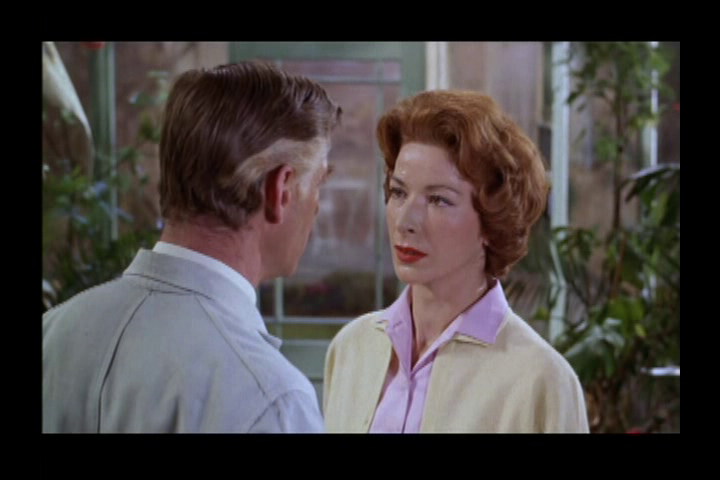
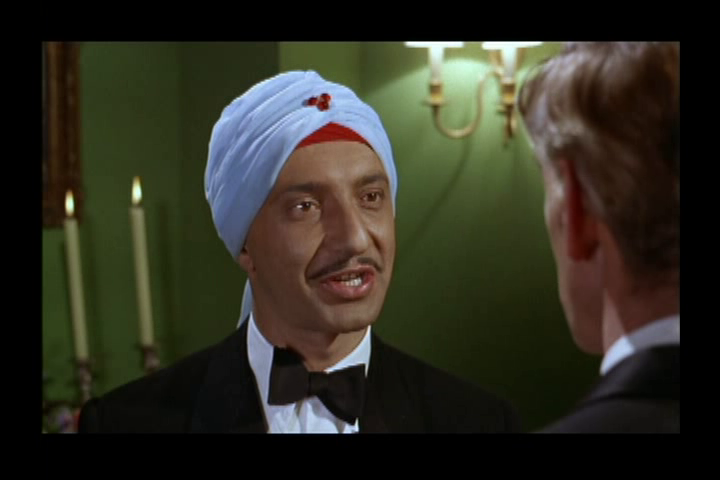


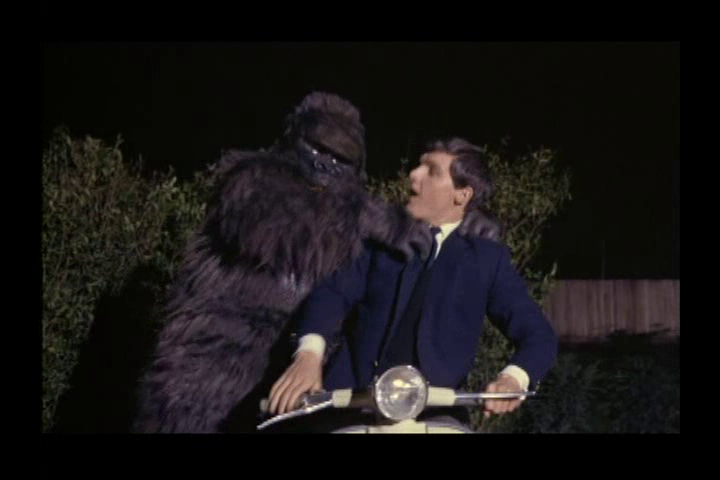
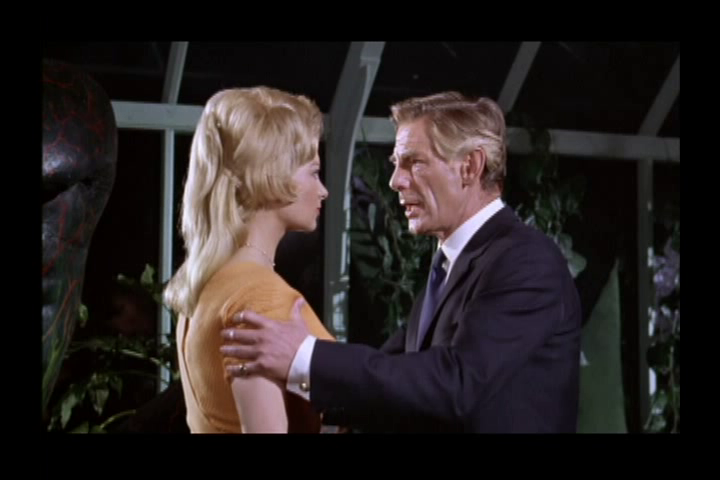

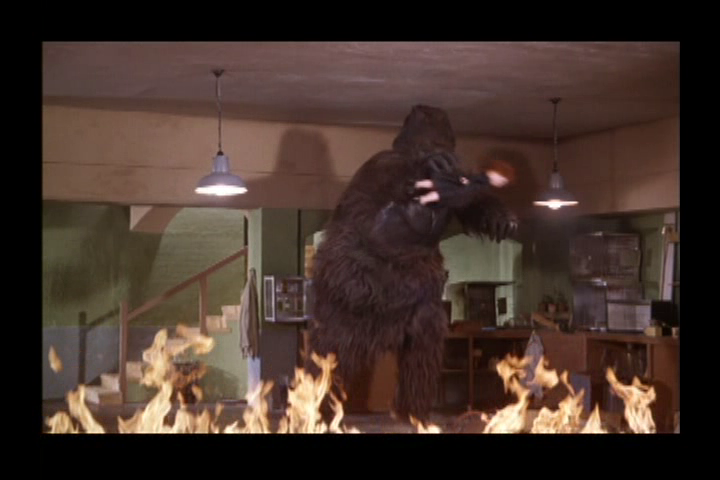



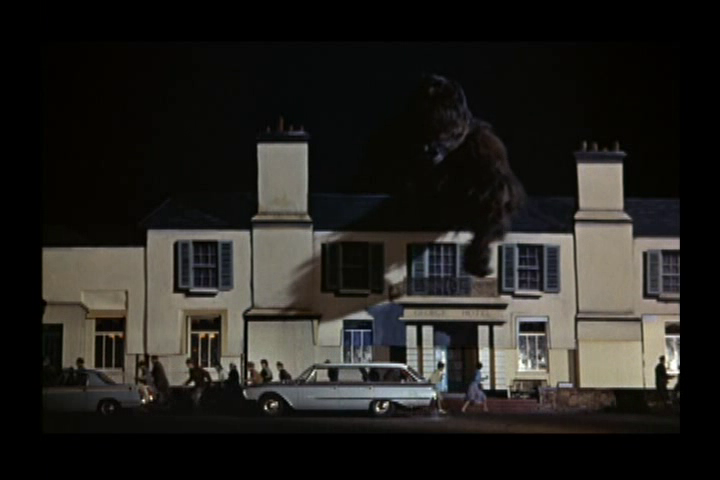



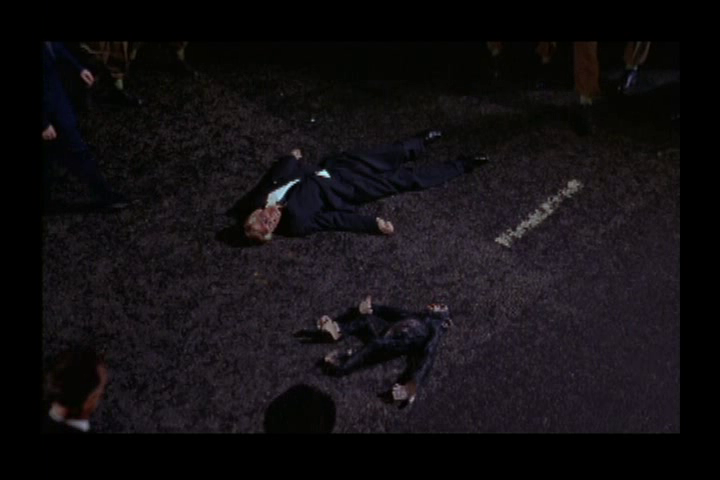

![[Nov. 21, 1960] <i>I aim at the Stars</i> (but sometimes I hit London)](https://galacticjourney.org/wp-content/uploads/2015/11/601121stars-412x372.jpg)


